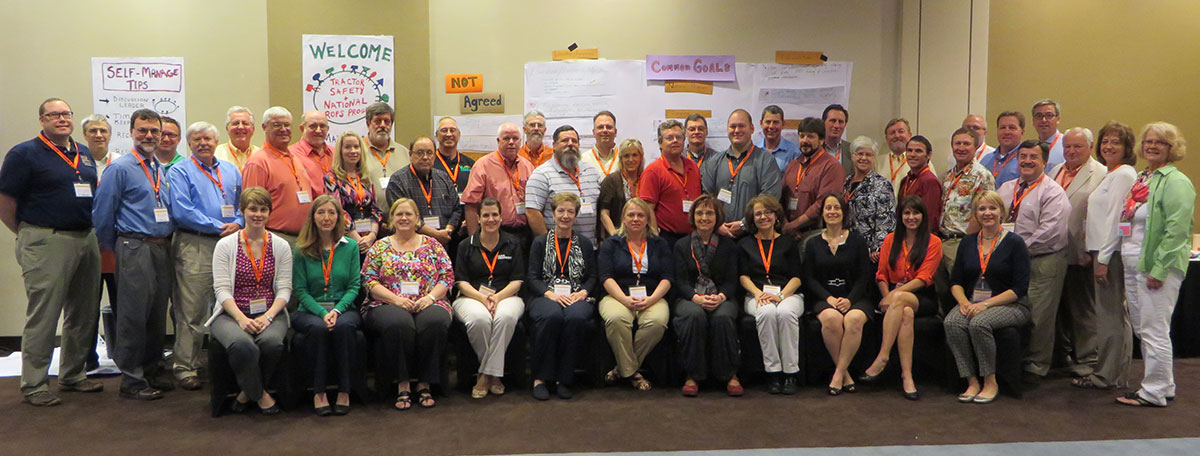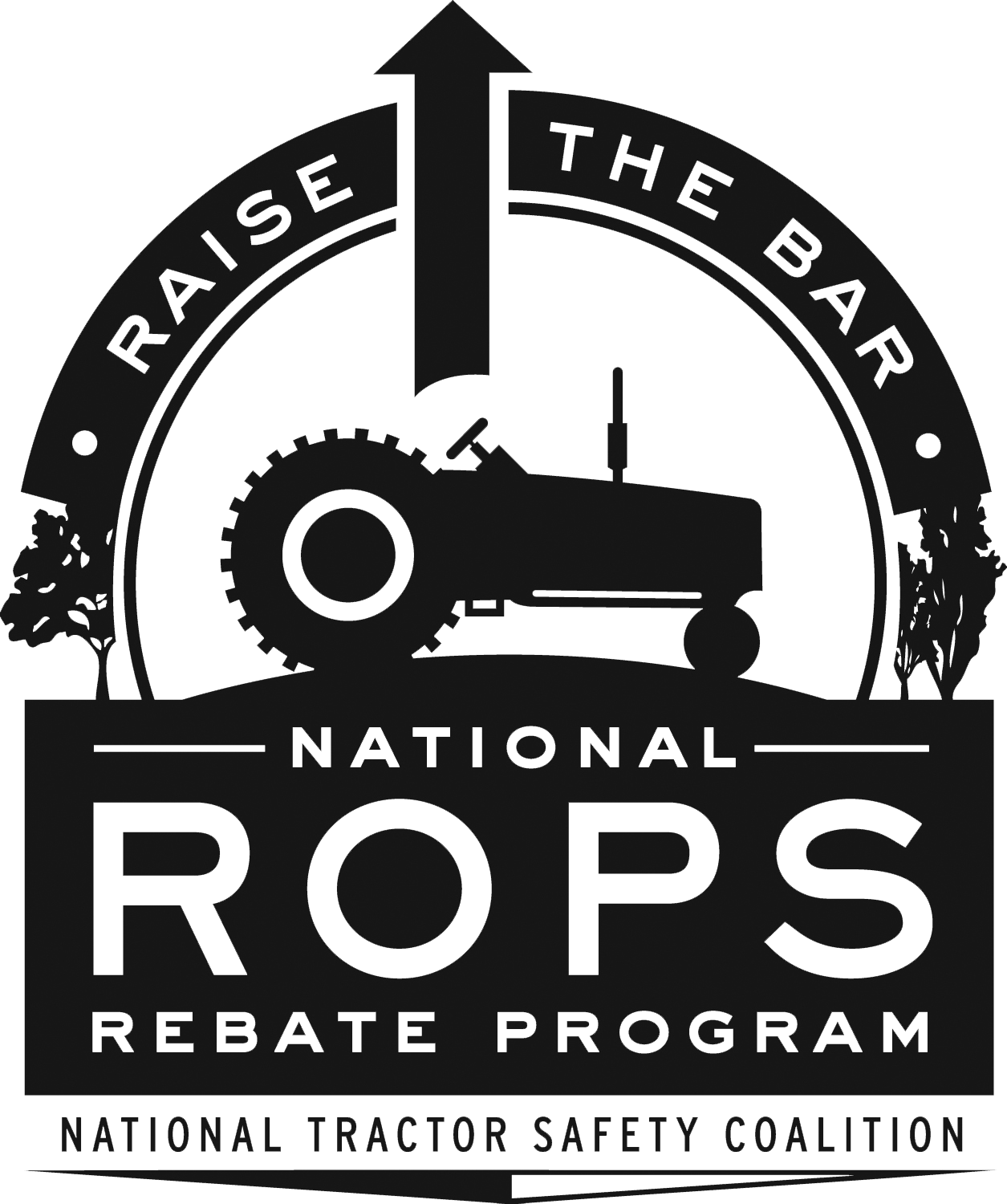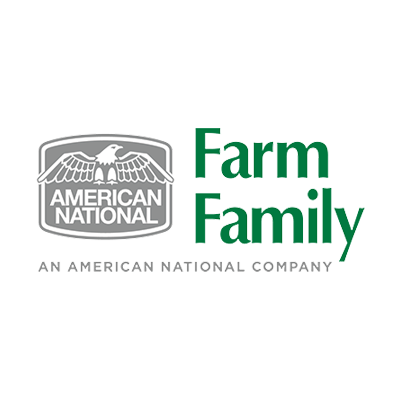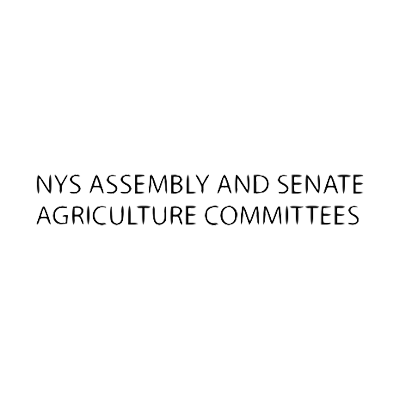
What is the National Tractor Safety Coalition?
The National Tractor Safety Coalition (NTSC) is a multi-sector workgroup that was formed in May 2014 during a collaborative action planning workshop held in Chicago, IL. The mission of the Coalition is to prevent tractor-related injuries and deaths in U.S. agriculture by developing and implementing collaborative, stakeholder- driven, evidence-based solutions.
The National Tractor Safety Coalition currently has over 80 members throughout the United States; these members represent the organizations listed below. Organizations marked with an asterisk also serve as the state-based contacts for current program states.
- Agricultural Safety and Health Council of America
- Agri-Safe Network
- Agri-Services Agency
- Amana Society/Amana Farm
- American Agri-Women
- American Farm Bureau Federation
- American Society of Agricultural and Biological Engineers
- American Society of Safety Engineers
- Association of Equipment Manufacturers
- Cal/OSHA
- Central States Center for Agricultural Safety and Health
- Connecticut Area Health Education Center
- Country Financial
- Farmers and Farm Safety Activists
- Farm Equipment Magazine
- Farm Family Insurance
- Farm Foundation
- Femco, Inc.
- Great Plains Center for Agricultural Safety and Health
- High Plains Intermountain Center for Agricultural Safety and Health
- Illinois Farm Bureau
- Iowa State Legislature
- Iowa State University
- Massachusetts Department of Agricultural Resources*
- Michigan State University
- Minnesota AgrAbility
- Minnesota Department of Agriculture*
- Minnesota Department of Health
- National Association of State EMS Officials
- National Farm Medicine Center (WI)*
- National Institute for Occupational Safety and Health
- Nationwide Agribusiness/Nationwide Insurance
- New Hampshire Department of Agriculture, Markets, and Food*
- North American Equipment Dealers Association
- North Carolina State University
- Northeast Center for Occ. Health and Safety: Agriculture, Forestry, and Fishing (NY)*
- Ohio State University
- Opinion Works
- Pennsylvania State University
- Progressive Agriculture
- Rural Health and Safety Clinic of Greater Johnson County
- SAIF Corporation
- Southwest Center for Agricultural Health, Injury Prevention, and Education
- State Farm Insurance
- Successful Farming
- Tennessee Department of Agriculture
- Tennessee Department of Health
- United Equipment Dealers Association
- University of Florida
- University of Idaho
- University of Iowa
- University of Kentucky
- University of Tennessee
- University of Vermont Extension*
- Upper Midwest Agricultural Safety and Health Center
- Washington State University
- Western Center for Agricultural Safety and Health
What does the NTSC do?
To fulfill its mission, the National Tractor Safety Coalition is currently working to reduce tractor overturn fatalities through the expansion of current state-based ROPS Rebate Programs into a National ROPS Rebate Program. The Coalition is working to raise sufficient funds for rebates, making the National ROPS Rebate Program available to all US farmers who wish to retrofit tractors.
What has already been done?
More than a decade's worth of research has gone into preparing for the NRRP. A complete bibliography of peer-reviewed research documenting the early stages of program development (qualitative studies with farmers and the development of the program structure), through the pilot testing of the ROPS Rebate Program in various states, and finally the development of the National Tractor Safety Coalition and efforts to scale-up the ROPS Rebate Program can be found HERE. As these efforts were first introduced by the Northeast Center for Occupational Health and Safety: Agriculture Forestry and Fishing (NEC), and as the administration of the National ROPS Rebate Program lies within this organization, much of the research has been conducted by this group. However, the contributions of the many partners involved in this effort, both past and present, have been invaluable to the success of this program.












